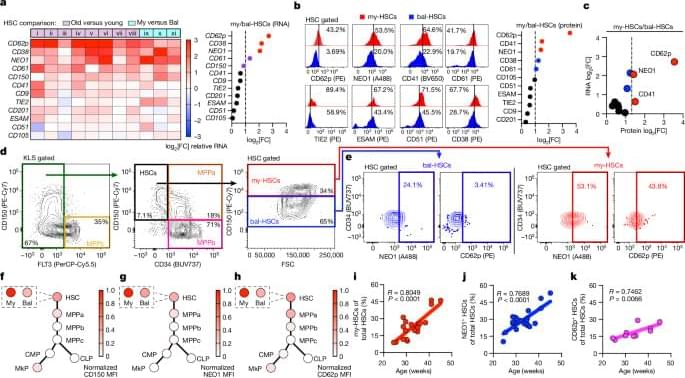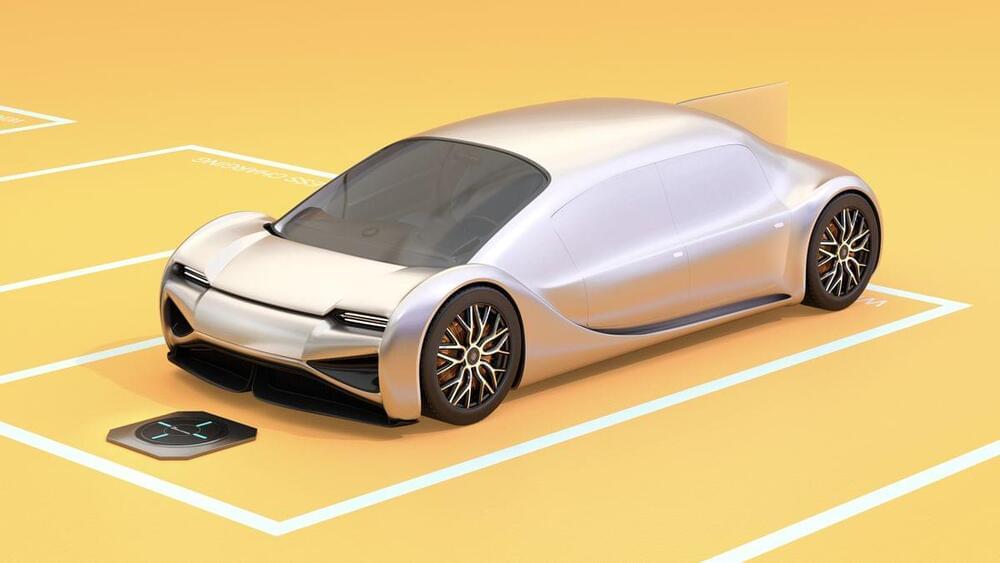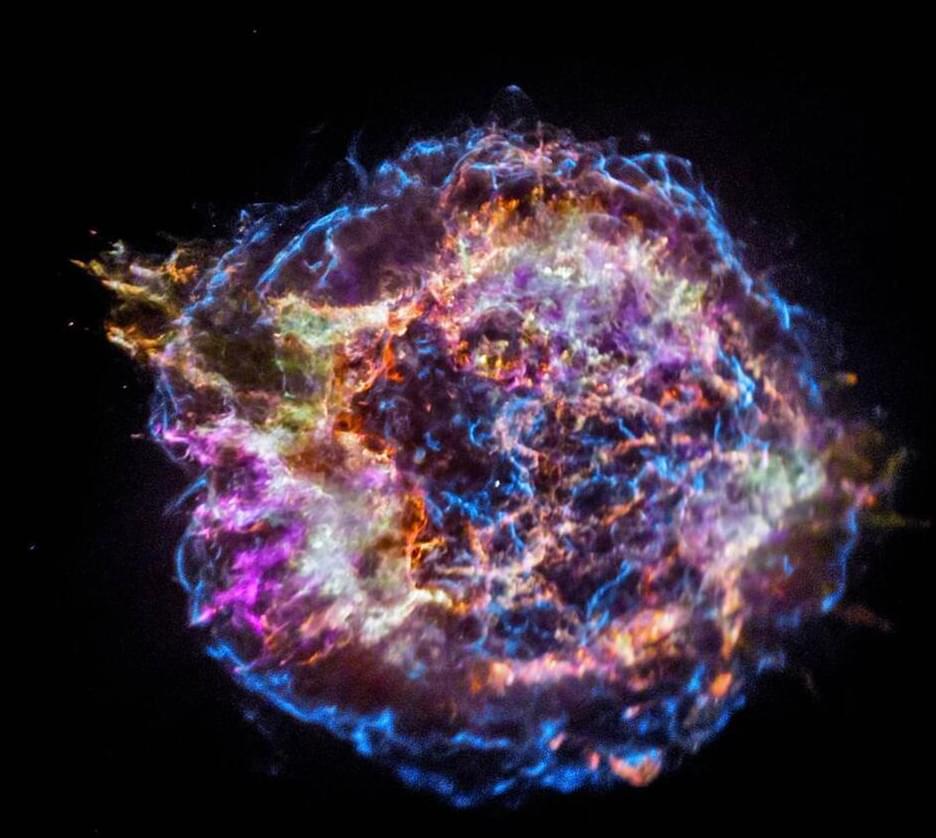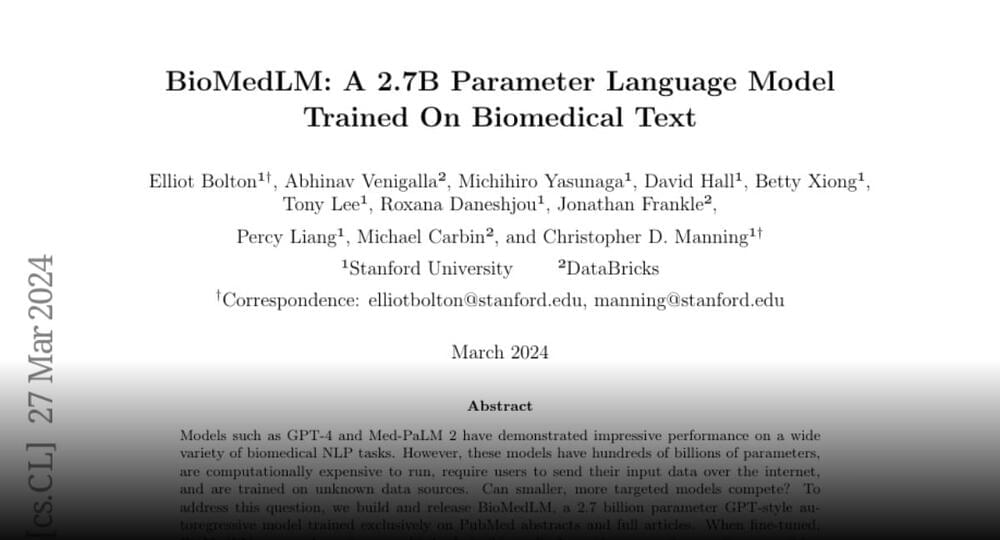Antibody-mediated depletion of myeloid-biased haematopoietic stem cells in aged mice restores characteristic features of a more youthful immune system.



On 28 March it’s the 60th anniversary of the discovery of Epstein-Barr virus, the most common viral infection in humans. The virus was first discovered in association with a rare type of cancer located in Africa, but is now understood to be implicated in 1% of cancers, as well as the autoimmune disease multiple sclerosis. Ian Sample meets Lawrence Young, professor of molecular oncology at Warwick Medical School, to hear the story of this virus, and how it might help us prevent and treat cancer and other illnesses.


The first mass-produced 900V drive system rolled off the production line Wednesday. Chinese EV maker NIO’s (NIO) “Thunder” 900V electric drive system (EDS) can add over 150 miles (255 km) with five-minute fast charge.
NIO announced the milestone Wednesday after building its one-millionth EDS. NIO’s Porsche-rivaling ET9 premium EV will be the first to feature the new tech.
The ET9 was unveiled in December aimed at “the new generation of high-end business users.” NIO packed the luxury EV with its latest tech for a “perfect package of flagship-style exterior, spacious interior, immersive experience, efficient recharging.”


Curtin University-led research has discovered a rare dust particle trapped in an ancient extra-terrestrial meteorite that was formed by a star other than our sun.

Now, Huffman has defended his pay packet in a Q&A video on the platform.
“Look, I’m glad this question was asked because there’s been a lot of commentary on this topic,” he began, adding that his compensation—which is made up of salary and stock—is set by Reddit’s board depending on his performance.
“If the company does well, I will do well,” the CEO added. “If the company does not do well, I don’t either.”

On social media, a bizarre trend seems to be emerging: surprise pregnancies when taking the diabetes drug Ozempic and its sister weight loss shot Wegovy.
As People reports, there are a few reasons why people might be getting pregnant unexpectedly when taking these semaglutide-based injectable drugs.
For one thing, Dr. Iman Saleh — an obstetrician, gynecologist, and obesity medicine doctor at New York’s Northwell Health system — tells People that through a roundabout mechanism, the weight people lose on these drugs may be making them more fertile.

BioMedLM
A 2.7B Parameter Language Model Trained On Biomedical Text https://huggingface.co/papers/2403.
Models such as GPT-4 and Med-PaLM 2 have demonstrated impressive performance on a wide variety of biomedical NLP tasks.
Join the discussion on this paper page.